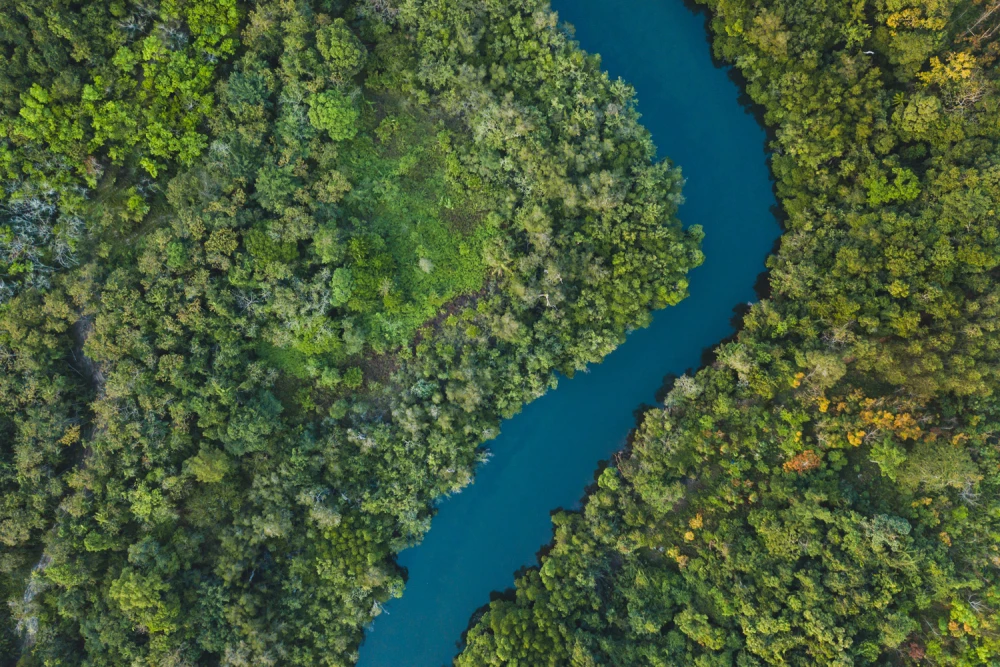Our Verification
Proof of origin lies in nature. We use science to find it.
Product verification by Oritain demonstrates your commitment to the highest standards of quality, authenticity and safety. Our forensic science is a powerful tool that verifies the true origin of your products.
Everything in the environment is made up of different levels of chemical elements and isotopes, which give products a unique and inherent chemical fingerprint based on their origin. This is what we measure.
ORIGIN RESOLUTION

Unlocking the Origin Fingerprint
Nature gives all things a unique code that tells us where they come from, created from the elements in a product’s environment. Some environments are nutrient rich, some are poor, some are high in elements, some are low.
We analyse these elements using world-leading forensic science. Our statistical models then translate the data into an Origin Fingerprint. This raw material validation acts as a fingerprint for your product and the exact location it comes from.
Once we have the genuine Origin Fingerprint, we can test other products against it to see if they match. If they do, we confirm product authenticity. If they don’t, it suggests the product may have been adulterated.
Verifying the origin of products
How does Oritain verify where your product comes from?


Product Testing
To test a product, samples of the product will be taken from different points in the supply chain or in market. In each audit situation, the product will be verified against its claimed origin (the Origin Fingerprint). If the claimed origin of the sample product is not available, verification may not be possible.
Learn more about our partners to see how they are verifying product authenticity. If you have a code, put this directly into the 'search certificates' box below to see the product details.

For the more technically minded
A products' origin can be identified using 'fingerprints' derived from the chemical compositions of plants and animals. These compounds vary naturally throughout the environment.
Ratios of stable Isotopes (non-radioactive atoms of the same element that contain different numbers of neutrons such as nitrogen, carbon and many others) are indicative of different regions. Typically ratios of oxygen-18 to oxygen-16 or hydrogen-2 to hygrogen-1, which change according to temperature, altitude and precipitation, and ratios of carbon-13 to carbon-12 or nitrogen-15 to nitrogen-14, which vary based on soil conditions, feed consumed and farm practice for example, are examined by Oritain.
These specific Isotope ratios among many others yield better results when analysed by Oritain, further adding the approach we take to verify the origin of a product.
Along with analysing Isotopes, Oritain also analyses Trace Elements that occur in products via uptake from the chemical composition of soils, water and feeds. The Trace Elements of a “fingerprint” from products include essential elements sodium, potassium, zinc, iron (Na, K, Zn, Fe) plus over 35 others.
By collecting samples of your product we analyse both Stable Isotopes and Trace Elements which are then run through our unique statistical models to determine the products origin.
The method uses statistical models to determine a chemical fingerprint of origin and tests samples against this specification. A decision limit is based on a suitable confidence interval of this specification to determine ‘consistent’ or ‘inconsistent’ with a claimed origin. The choice of this decision limit is based around maximising the True Positive Rate (the percentage of genuine samples that are correctly classified as ‘consistent’) and lowering the corresponding False Negative Rate of tested samples (the percentage of genuine samples that are incorrectly classified as ‘Inconsistent’). Due to the nature of chemical analysis and statistics, the models deployed by Oritain have associated error rates (False Positive / False Negative). Oritain adopts multiple processes to reduce these errors and always ensures an emphasis is placed on achieving a high correct classification of True Positives. The specifics of these error rates will be disclosed to the Client following the completion of work.
Our service is based on the testing and analysis of Isotopes and Trace Elements from samples of products and materials provided to us or collected by or on behalf of Oritain, to determine their origin or other characteristics. Samples may not be an accurate representation of the entirety of the products or materials, or of their origin or other characteristics, to which our services relate.

